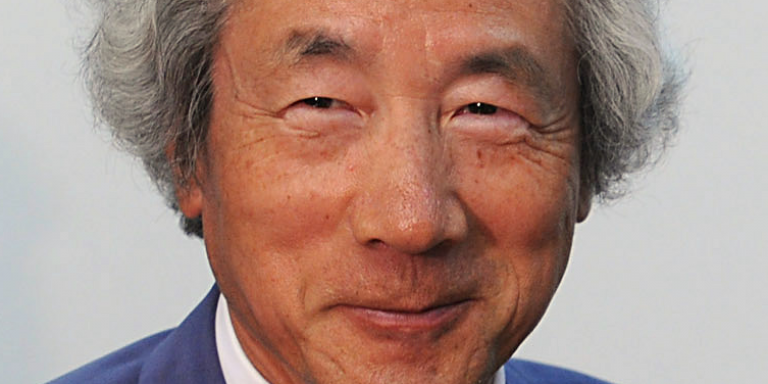Former Japanese PM Abe Lied About Fukushima Safety to Win Olympic Bid
Posted September 8, 2016 by David Schumann | A Nuclear World

The 2020 summer Olympics will be held in Tokyo, Japan, a little more than 100 miles from the stricken and dangerous nuclear reactors in Fukushima. During their Olympic bid to be the host country, the current Prime Minister Shinzo Abe, told the committee that the nuclear reactors were safe and contained.
Abe gave the assurances about safety at the Fukushima plant in his September 2013 speech to the International Olympic Committee to allay concerns about awarding the Games to Tokyo. The comment met with considerable criticism at the time.
The former Prime Minister of Japan, Junichirō Koizumi, said this week that was a ‘lie’ and the plant is not safe. Koizumi has become an outspoken opponent to nuclear energy in Japan after the Fukushima accident. He recently was in the news for supporting the claims of American sailors who were sickened by the radiation plume from the day of the accident, but told by TEPCO and Japan that the accident was less severe than it was at the time, causing them to remain in harms way.
Koizumi, one of Japan’s most popular premiers during his 2001-2006 term, became an outspoken critic of nuclear energy after a March 2011 earthquake and tsunami triggered meltdowns at Tokyo Electric Power Co’s (Tepco) Fukushima Daiichi plant, the worst nuclear disaster since Chernobyl in 1986.
Koizumi said that it was a lie and there facility is not under control.
Mr. Abe’s ‘under control’ remark, that was a lie, Koizumi, now 74 and his unruly mane of hair turned white, told a news conference where he repeated his opposition to nuclear power.
‘It is not under control’, Koizumi added, citing as an example Tepco’s widely questioned efforts to build the world’s biggest ‘ice wall’ to keep groundwater from flowing into the basements of the damaged reactors and getting contaminated.’
‘They keep saying they can do it, but they can’t,’ Koizumi said. Experts say handling the nearly million tonnes of radioactive water stored in tanks on the Fukushima site is one of the biggest challenges.
As the book, Heal and Protect: A Nuclear World, makes clear: the crippled nuclear reactors at Fukushima are far from being out of harms way and much greater devastation could occur there if another serious earthquake or tsunami strikes the reactor. Spent fuel rods still sit precariously above a damaged building that continues to leak radiation. Until they can remove the spent-fuel rods, which is decades away, the site will still be a serious hazard, not just to Japan, but the entire world.
Source
http://www.reuters.com/article/us-japan-nuclear-idUSKCN11D0UF
Comments ( 0 )